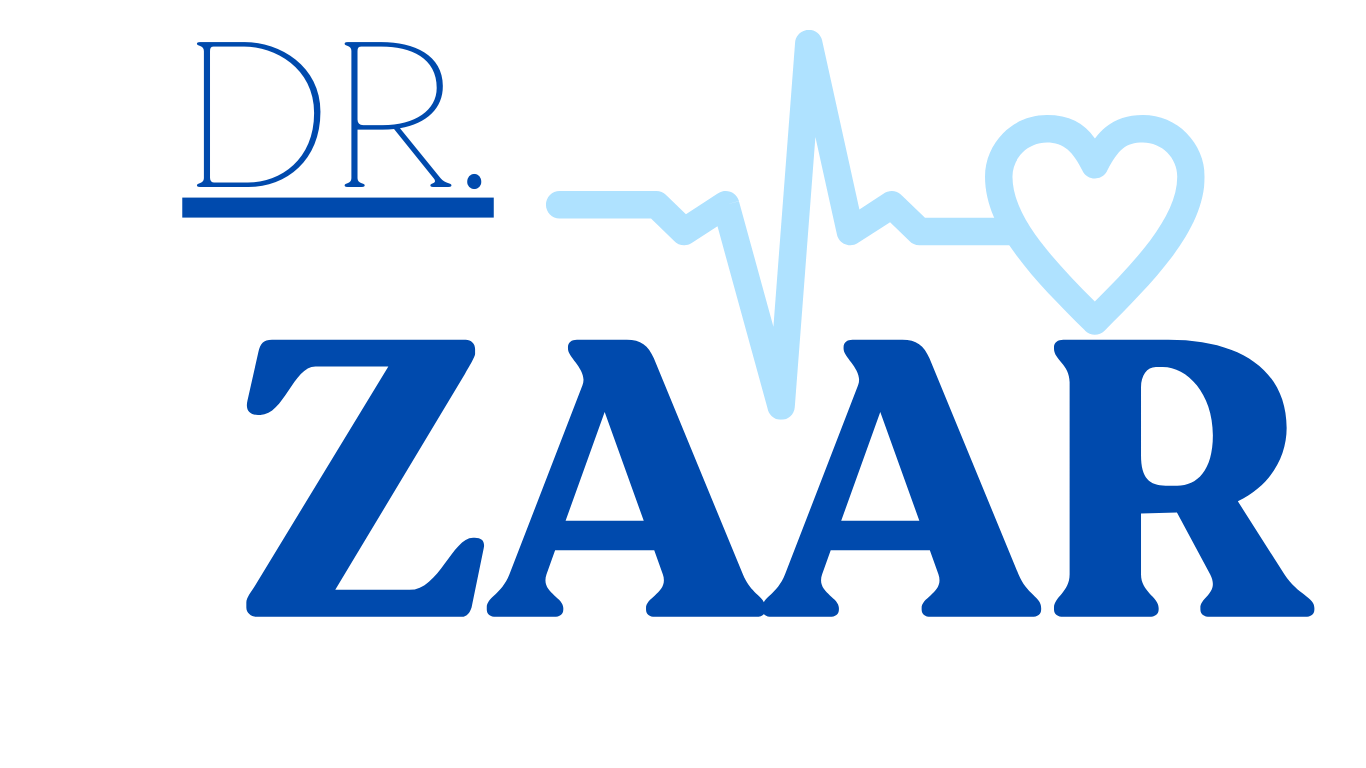Uroguanylin and Thyroid Disorders: Unraveling the Hormonal Connection
Introduction:
The intricate web of hormonal interactions within the human body continues to captivate researchers, unveiling new connections and potential avenues for understanding and treating various health conditions. One such intriguing link is emerging between uroguanylin, a peptide primarily associated with gastrointestinal function, and thyroid disorders. This article delves into the fascinating interplay between uroguanylin and thyroid hormones, shedding light on the implications for thyroid health and potential therapeutic avenues.
Uroguanylin Overview:
Uroguanylin, a member of the guanylin family of peptides, is primarily known for its role in regulating electrolyte and fluid balance within the gastrointestinal tract. It is produced and released by the small intestine in response to the presence of food, stimulating the secretion of fluid and electrolytes into the intestines. This process aids in digestion and nutrient absorption. However, recent studies have uncovered unexpected connections between uroguanylin and thyroid function.
Thyroid Disorders and their Impact:
Thyroid disorders, including hypothyroidism and hyperthyroidism, affect millions of people worldwide, leading to a range of symptoms such as fatigue, weight changes, and mood disturbances. The thyroid gland, located in the neck, produces hormones crucial for regulating metabolism and maintaining overall physiological balance. The intricate regulatory mechanisms involving thyroid-stimulating hormone (TSH), thyroxine (T4), and triiodothyronine (T3) orchestrate this delicate equilibrium.
Uroguanylin’s Role in Thyroid Regulation:
Recent research has highlighted the presence of uroguanylin receptors on thyroid cells, suggesting a potential direct influence on thyroid function. Studies indicate that uroguanylin may modulate the release of thyroid hormones by interacting with these receptors. This discovery opens up a new avenue for understanding the regulatory mechanisms governing thyroid activity and presents uroguanylin as a novel player in thyroid health.
Regulation of TSH Secretion:
Thyroid-stimulating hormone (TSH), produced by the pituitary gland, plays a central role in thyroid function. Uroguanylin appears to influence the secretion of TSH, potentially acting as a mediator between the gastrointestinal system and thyroid regulation. Understanding the specifics of this interaction could provide valuable insights into how disturbances in gut function might contribute to thyroid disorders.
Implications for Thyroid Disorders:
The revelation of uroguanylin’s role in thyroid regulation raises intriguing questions about its involvement in thyroid disorders. Could dysregulation of uroguanylin contribute to the development or exacerbation of thyroid conditions? Exploring these connections may pave the way for innovative diagnostic and therapeutic strategies for thyroid disorders, offering targeted approaches that go beyond traditional treatments.
Therapeutic Potential:
The newfound link between uroguanylin and thyroid function holds promise for the development of targeted therapies for thyroid disorders. Researchers are exploring the possibility of manipulating uroguanylin levels or modulating its receptors to influence thyroid hormone release. These potential interventions could offer a more precise and tailored approach to thyroid disorder management, addressing the root causes rather than merely alleviating symptoms.
Future Directions in Research:
As the scientific community continues to unravel the complexities of uroguanylin’s role in thyroid regulation, future research avenues beckon. Investigations into the precise mechanisms of uroguanylin’s influence on thyroid cells, as well as clinical studies exploring its relevance in different thyroid disorders, will be essential in advancing our understanding of this hormonal interplay.
Conclusion:
The connection between uroguanylin and thyroid disorders represents a captivating intersection of gastrointestinal and endocrine physiology. Unraveling the intricacies of this hormonal relationship holds significant promise for advancing our understanding of thyroid function and developing targeted therapies for thyroid disorders. As research in this field progresses, the potential clinical implications could revolutionize the way we diagnose and treat thyroid conditions, offering new hope for individuals grappling with these widespread health challenges.
Case Study: Unveiling the Urotensin Knot in Sarah’s Cushing’s Syndrome
Dopamine’s Role in Employee Engagement and.
In the realm of employee management, understanding the intricate balance between motivation and burnout is crucial. Dopamine, a key neurotransmitter.
Read MoreWhat causes ghrelin to increase?
In the complex and fascinating world of human physiology, hormones play a pivotal role in regulating various bodily functions. Among.
Read More